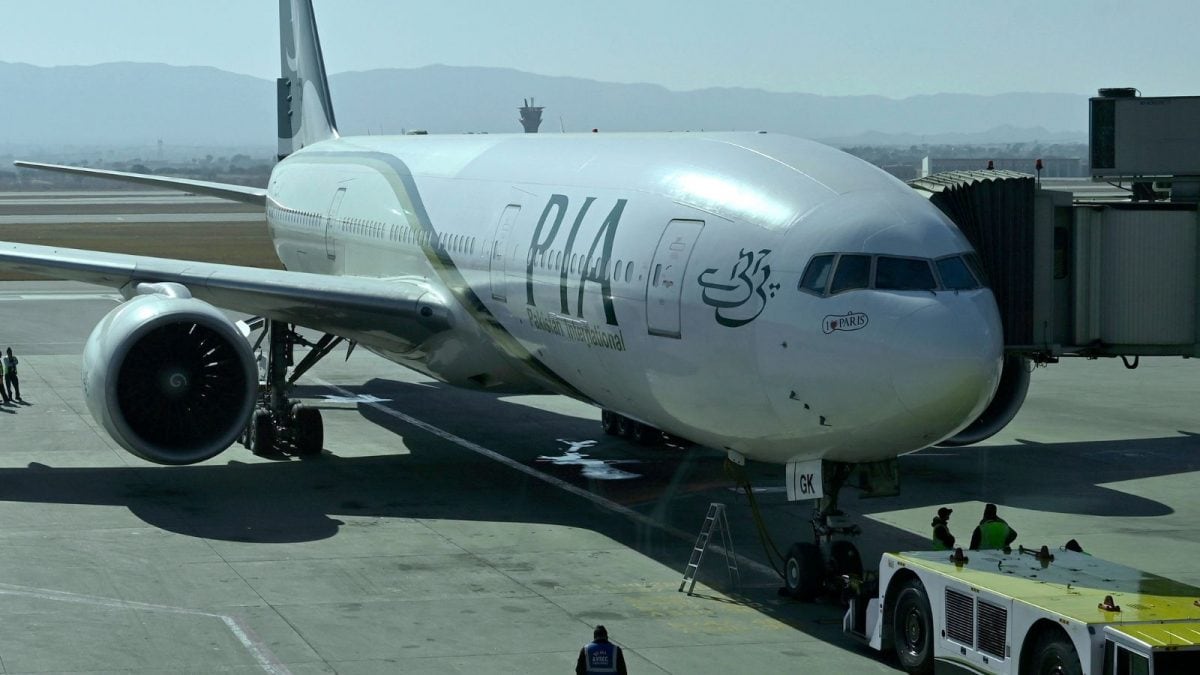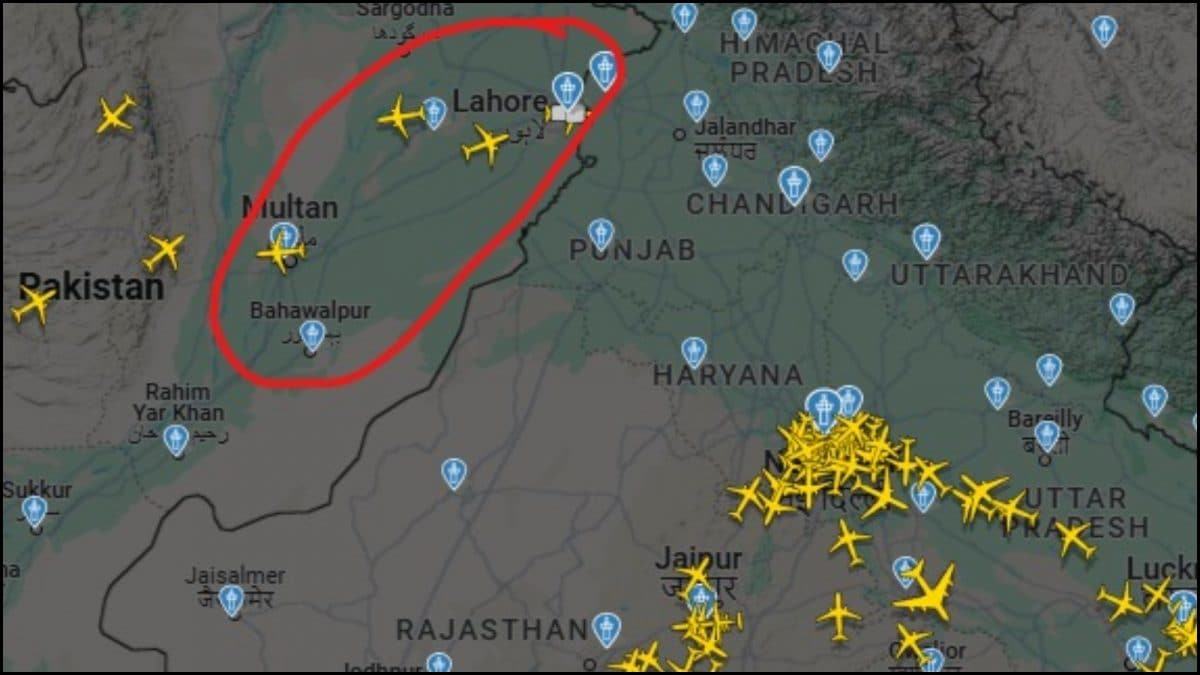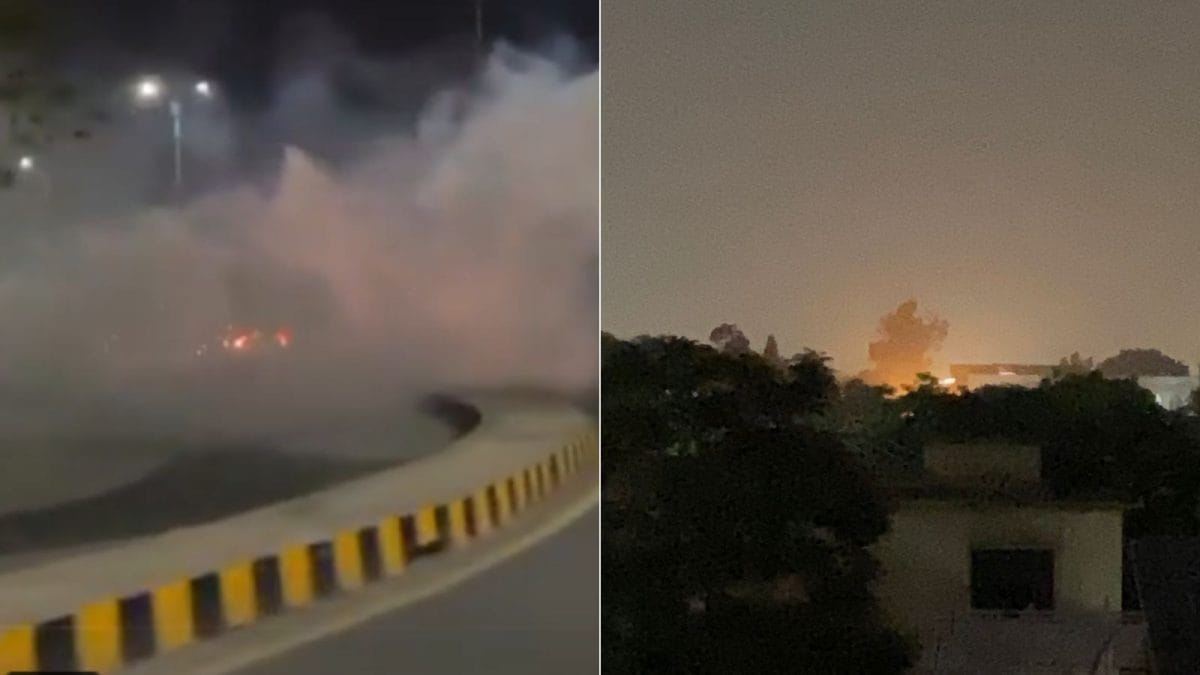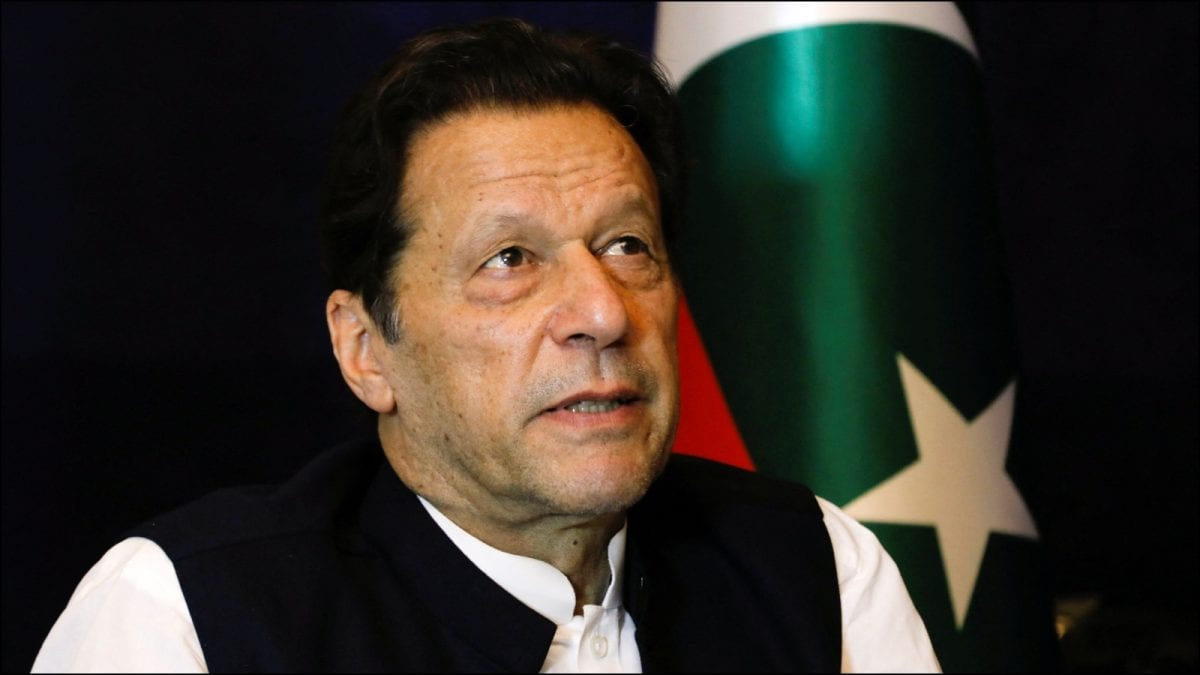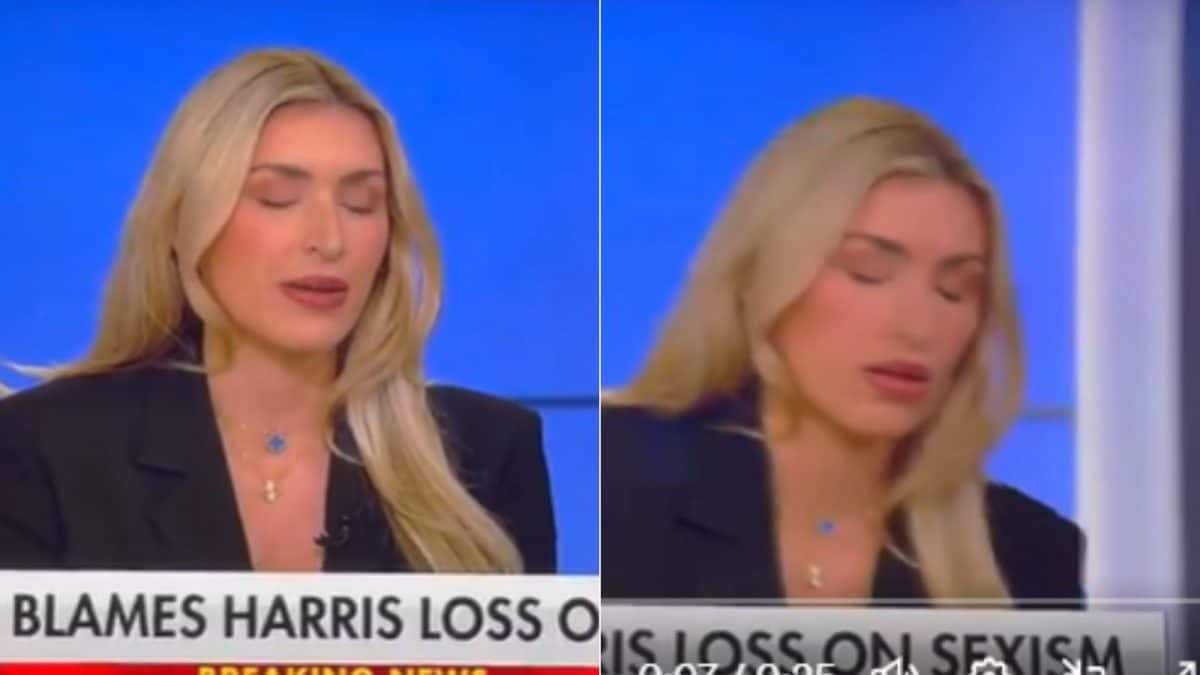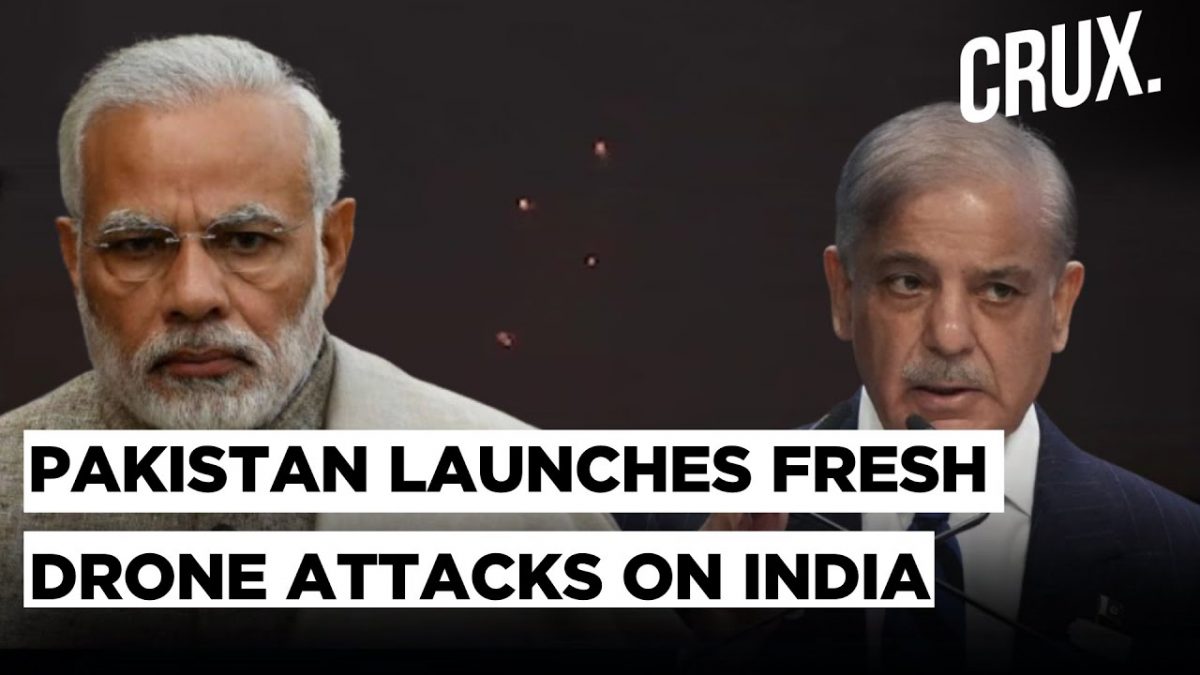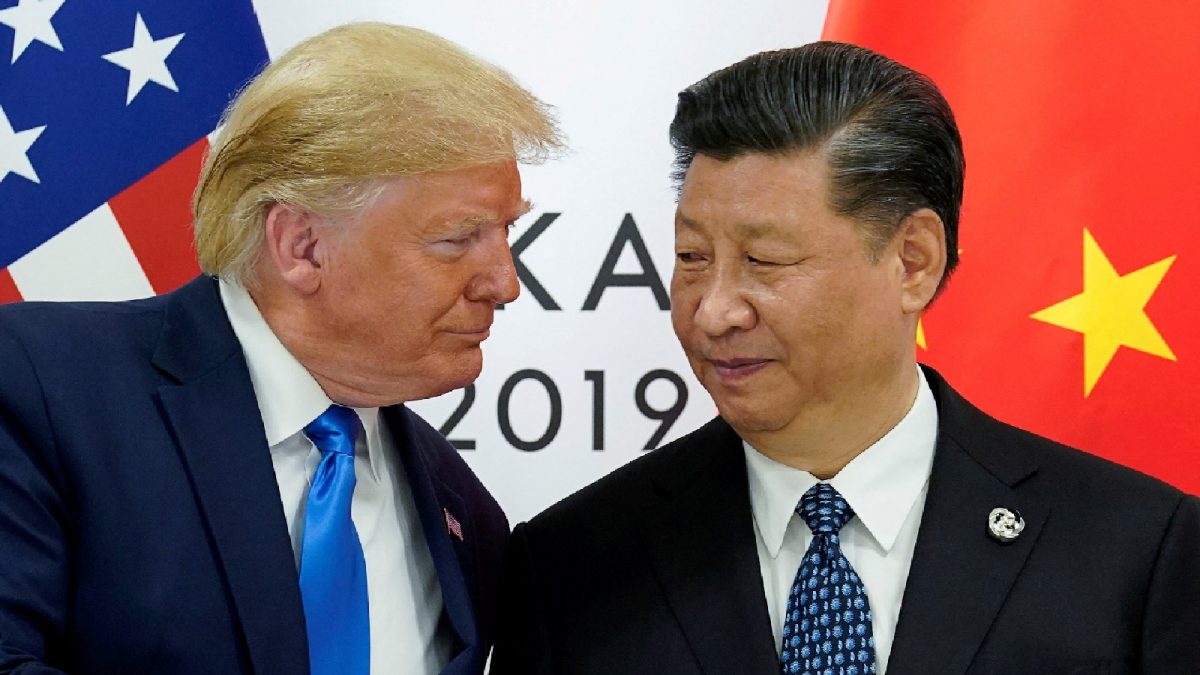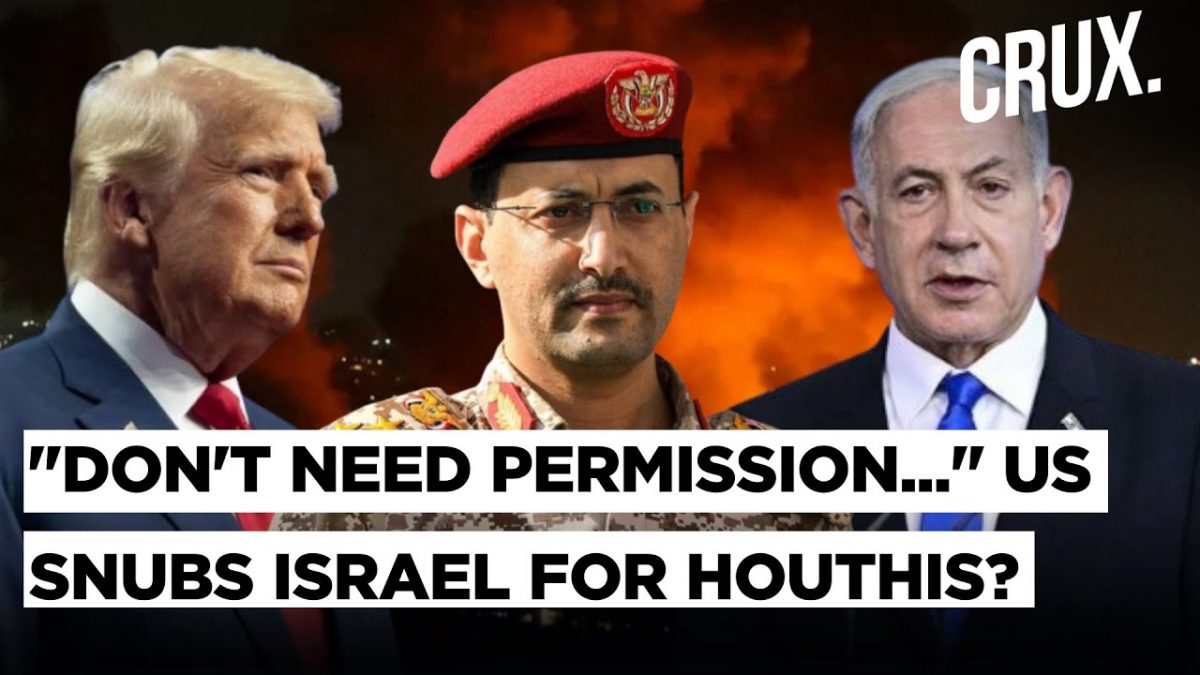Last Updated:April 03, 2025, 17:04 IST
Sources say the government was expecting the figure to be about 25-26 per cent, so it came as no shock. Backroom legwork was already being done, and India has looked at and drafted a Plan B

Sources say India has huge hope from the good equations between the PM and the President, and the fact is that Trump has often stated that Modi is a good negotiator. (File image/Reuters)
As the clock ticked for the passage of the Waqf Bill in the Lok Sabha, the eyes and ears of key ministries and ministers were on the press conference of United States President Donald Trump over the issue of “reciprocal tariffs". As the clock struck 2 am in Sansad Bhawan, the government looked at the situation with mixed feelings: happy at the passage of the Waqf Bill in the Lok Sabha and trepidatious at the tariff figures being announced by the US President.
As India was hit with a 26 per cent tariff, there was some relief for the government. There are reasons for this. Sources say the government was expecting the figure to be about 25-26 per cent, so it came as no shock. Backroom legwork was already being done, and India has looked at and drafted a Plan B. Looking at countries like Canada and Mexico, which were among the earliest to be hit by tariffs (though they were kept out of the latest list), and some like Cambodia (49 per cent), Indonesia (32 per cent), China (34 per cent), and Bangladesh (37 per cent), the commerce ministry in a detailed statement said that this gives India hope and the sense that we are not so badly off. It also offers India the hope that those hit by the high tariff could be a catchment area for it.
But the biggest hope is clause 4 of the US presidential declaration, which makes reference to a periodic review of the tariffs. This, as per official sources, means “given India’s intent, which we will showcase, America will see our potential and offer us concessions when it decides to review".
More than that, India is confident that Mission 500 will be the clincher. On February 13, President Trump and Prime Minister Narendra Modi announced that the plan aimed to double bilateral trade to $500 billion by 2030. “Accordingly, discussions are going on between India and US trade teams for the expeditious conclusion of a mutually beneficial, multi-sectoral Bilateral Trade Agreement (BTA)," said an official.
Sources say that this is just the beginning. India has huge hope from the good equations between the PM and the President, and the fact is that Trump has often stated that Modi is a good negotiator. Armed with a strong team, including external affairs minister S Jaishankar and commerce minister Piyush Goyal with the PM, Indian negotiators say they have nothing to worry about. But India also sees this as a big opportunity to widen its net to countries hit harder by the tariff. Also, officials say, this would be an incentive for indigenous firms to pull up their socks and attract consumers.
Location : First Published:April 03, 2025, 17:04 IST
News india 'Mission 500', 'Clause 4': Why Modi Govt Is Not Troubled By Trump's Tariffs

 1 month ago
1 month ago


